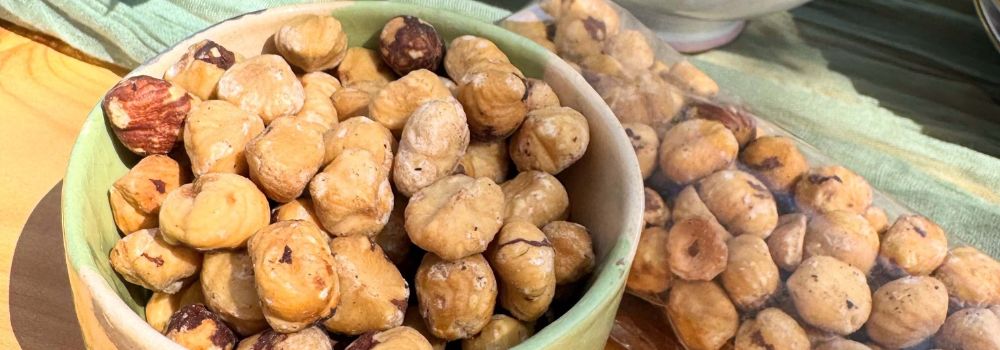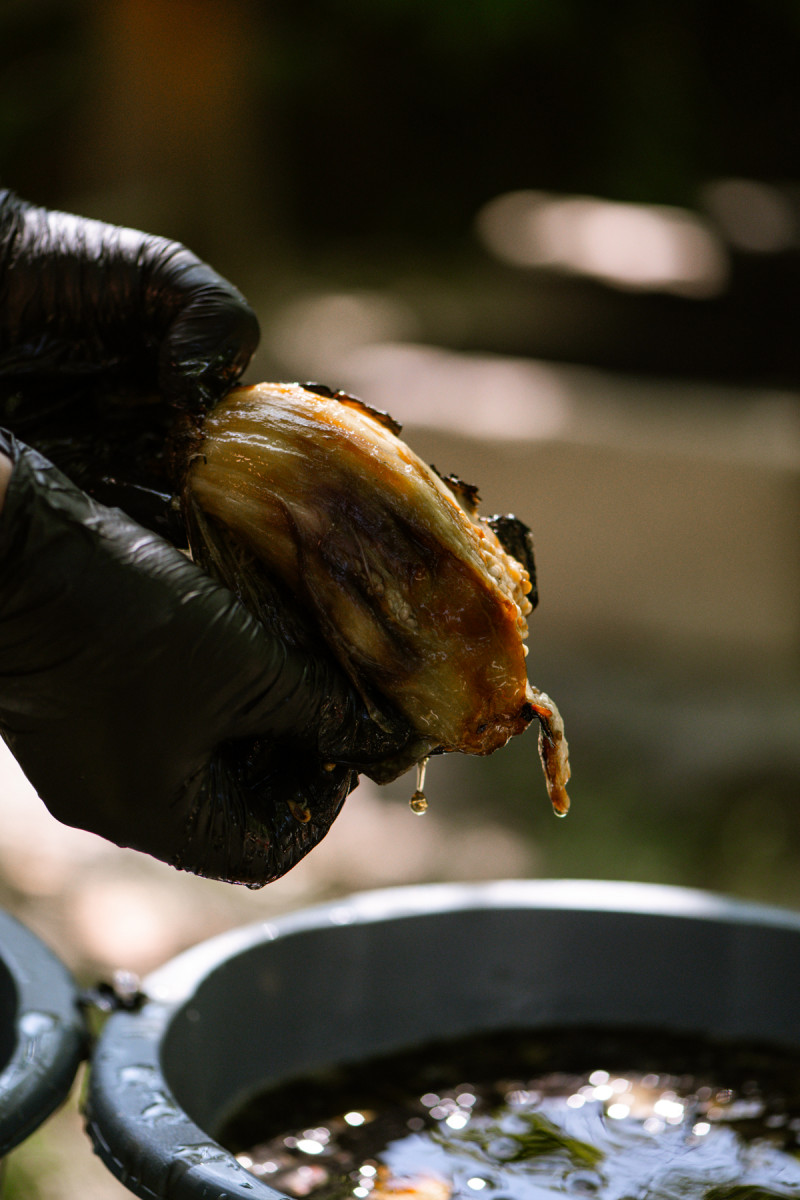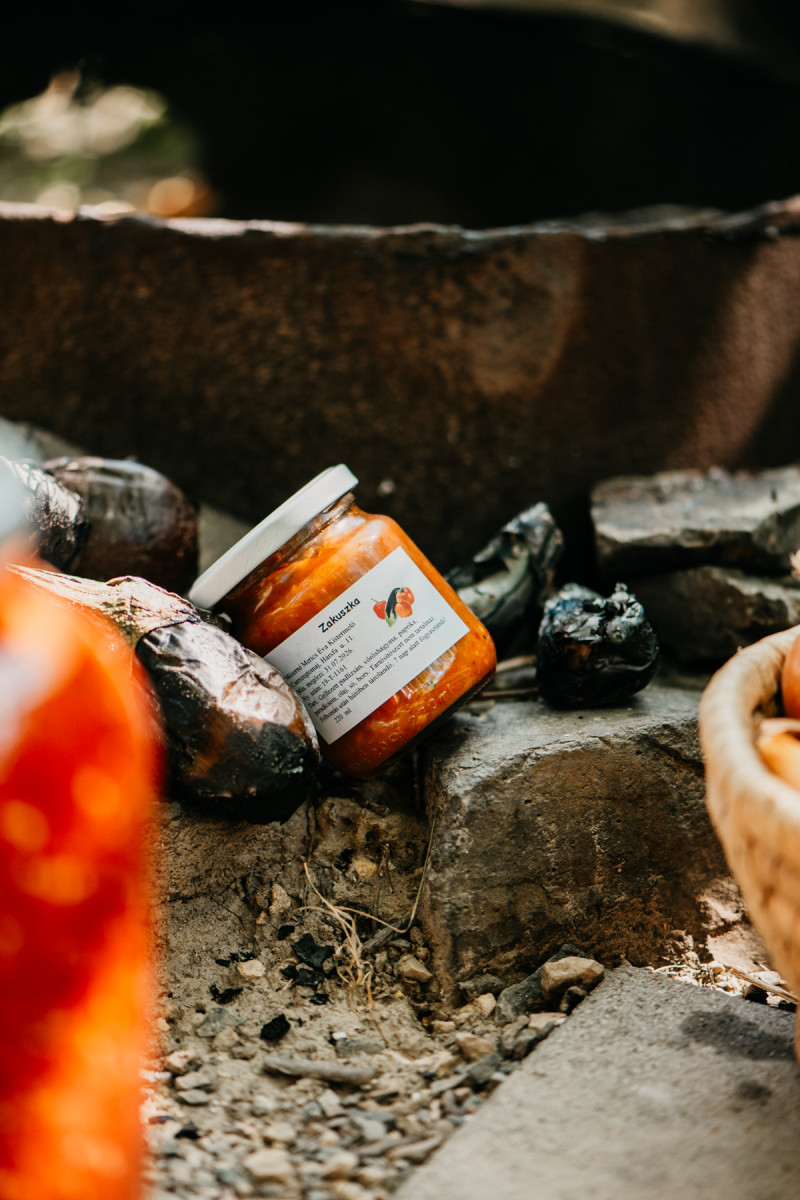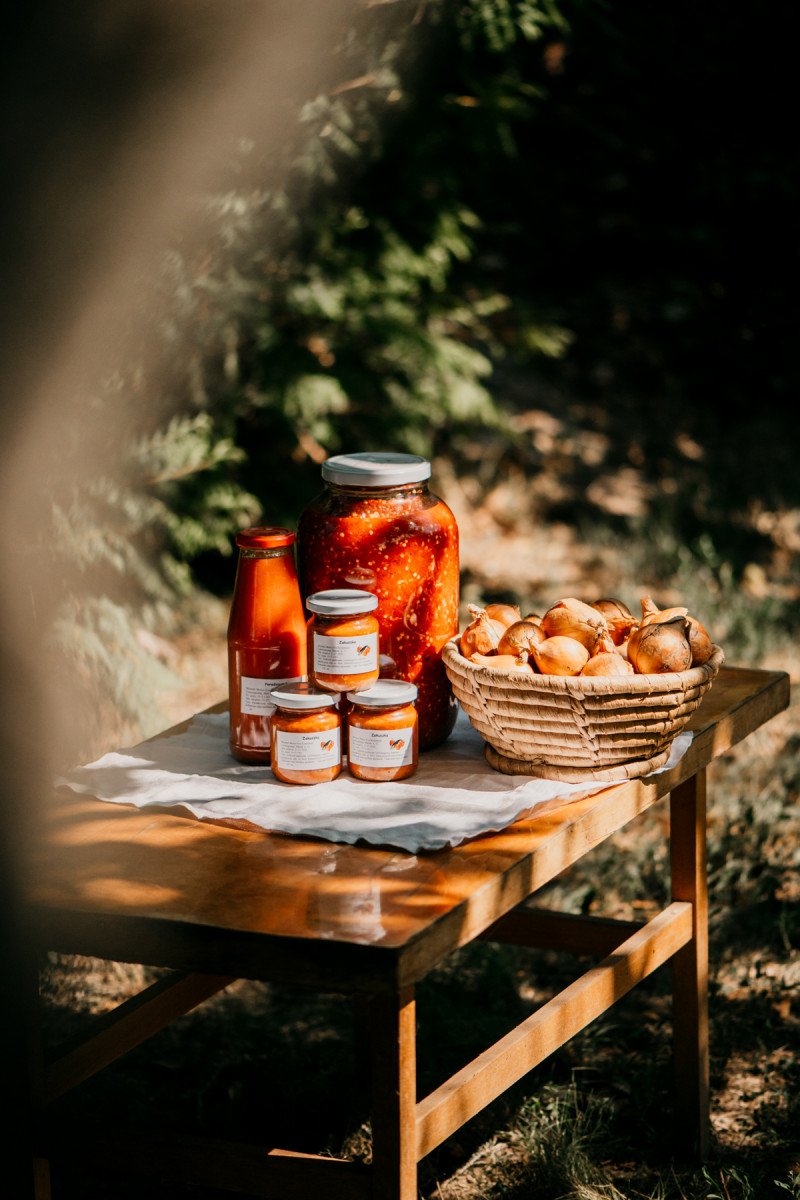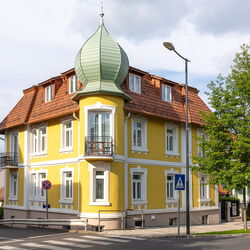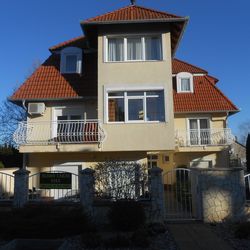From garden to jar
Have you ever tasted roasted hazelnuts? Tried pickled turnips? Love fermented vegetables? At Cserszegtomaj Delights, the family’s homegrown fruits and vegetables are transformed into delicious jams, healthy pickles, rich vegetable spreads — and even roasted hazelnuts, one of the key ingredients in Nutella. Éva Mózerné Merics and her family have been growing their own produce for decades. By expanding into small-scale processing, they now manage every step from seed to jar themselves.
A legacy rooted in grandmother’s kitchen
The farm is built on generations of family knowledge and experience. What started as growing food for personal use gradually turned into selling surplus at local markets. For years, Éva’s grandmother sold their homemade products at the Keszthely market. As demand for preservative-free, homemade goods grew, Éva left her previous job and dedicated herself full-time to farming and processing.
Today, the family cultivates several hectares of orchards, vegetable plots, and a hazelnut grove in Cserszegtomaj. Thanks to increased processing capacity, their products are now available year-round — though seasonal ingredients ensure constant variety.
Traditional methods, modern values
The product range includes classic pickles, fermented vegetables, vegetable spreads, jams, and roasted Turkish hazelnuts — plain, salted, or chocolate-coated. Depending on the season, Éva might also bring fresh produce to market: pumpkins in autumn, persimmons or quince paste in winter. Éva learned the art of preserving, fermenting, and natural processing from her mother-in-law.
Many of her products are made without preservatives or additives, using traditional methods — just like grandma did. Fermented and pickled products — like turnips, cabbage, beets, or broad beans — are unpasteurized, retaining their natural nutrients and rich flavors. All vegetables are grown on the family’s land. Every step — slicing, bottling, labeling — is done by hand in their workshop in Cserszegtomaj.
"Good things take time"
That philosophy could easily be Cserszegtomaj Delights’ slogan. Éva believes that patience is the key to creating truly healthy, high-quality foods — whether preserving, pickling, or fermenting.
More than a farm: an experience
Besides their Cserszegtomaj farm, the family also maintains plantations in Alsópáhok, where they operate two guesthouses. Soon, they will open a demonstration garden, offering thematic programs and hands-on workshops where visitors can learn the secrets of homemade preserves.
A mission, not just a job
“What the garden gives, I want to turn into more than just flavor. I want to create life.”
For Éva, farming is not just work, but a calling. She firmly believes that what we eat affects our quality of life, which is why knowing where food comes from — and how it’s made — truly matters.
Product highlights
Zakuska
This traditional vegetable spread is made from fire-roasted eggplants, homemade ground peppers, and their own tomato puree — all free of additives. The eggplants are roasted over fruitwood coals, giving them a signature smoky flavor. Every step is done by hand: peeling the eggplants, harvesting garden-grown peppers and onions, simmering the tomatoes.
Seasoned simply but boldly, the zakuszka showcases the true taste of vegetables. Thick and creamy, it’s vegan, gluten-free, and perfect on bread, toast, or as a flavorful side dish. Each jar captures the essence of a Cserszegtomaj season.
Roasted hazelnuts
On their plantation, Éva’s son Gergő and his family tend to over 700 hazelnut bushes, using eco-friendly, chemical-free methods. After harvesting, the nuts are dried, cracked, hand-sorted, and roasted in small batches to ensure maximum flavor and crunch. They are available plain, salted, or coated in chocolate for those with a sweet tooth. Gergő also produces cold-pressed hazelnut oil — a rare delicacy in Hungary.
Where to buy
- Hévíz Farmers’ Market
- Szezonkosár (Seasonal Basket Initiative)
More information & Contact:
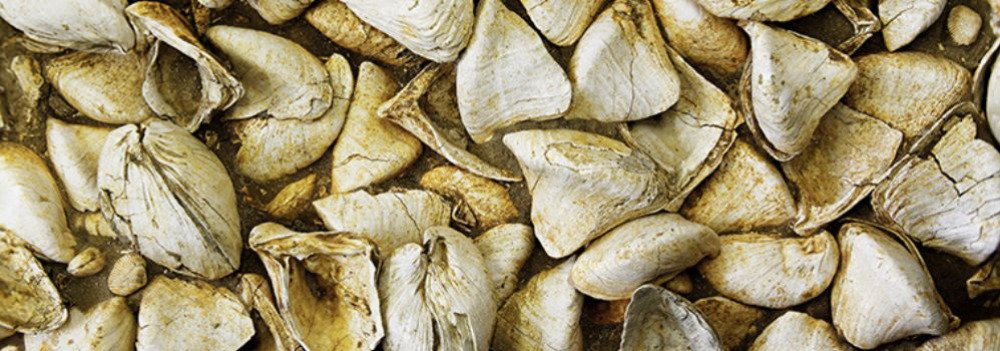
Imagine a vast body of water — over 1,000 meters deep and more than 400 times the size of Lake Balaton — once rippling across this land. The story of the Pannonian Lake is not just a fascinating chapter of geological history, but a legacy that continues to shape the region: it left behind mineral resources, fertile soils, and even inspired legends. Discover how an ancient lake transformed Transdanubia — and why its impact is still felt today.
An Inland Sea for Millions of Years
At its greatest extent, the Pannonian Lake covered an enormous area, far surpassing the size of today’s Balaton. For millions of years (approximately 12 to 8.5 million years ago), it dominated the region. As surrounding mountain ranges gradually rose, the lake became cut off from the world’s oceans. Its water slowly turned fresh, and its basin began to fill with sediments. Because of its isolation, the lake developed a unique ecosystem with many endemic species.
The Lake Didn’t Appear Overnight
The Pannonian Lake didn’t simply “appear” in the Carpathian Basin. Its formation was the result of millions of years of tectonic activity and shifting climate. It emerged as an independent, enclosed body of water — no longer connected to the open seas.
Deep Waters, Varied Shores
In some areas, the lake reached depths of over 1,000 meters. Elsewhere, shallower zones supported lagoons, river deltas, and small, isolated lakes. During high water periods, rocky shorelines formed along the mountain fringes — traces of which can still be found today in the Keszthely Hills and the Mecsek Mountains.
The Lake’s Retreat — and Sediment Legacy
Despite its size, the lake was eventually filled in by immense volumes of sediment, carried mainly by rivers flowing from the Alps and the Carpathians. Over the course of 6.5 million years, it gradually disappeared from the landscape.
What did it leave behind?
Its sediments — composed mostly of sand, clay, and fine silt — became the so-called “Pannonian formations,” which today hold key mineral resources (such as petroleum) and aquifers. These formations define much of the surface geology of Transdanubia, including the Zala Hills.
Fertile soils later formed on the laminated silty and clay-rich deposits of the Somló Formation. Even the legendary “Tihany goat’s hoof” fossils — actually worn shell fragments of the Congeria ungulacaprae mollusk — can still be found embedded in these ancient layers.
The Final Lakes and a Gradual Goodbye
Because most of the sediment entered from the northwest, north, and northeast, the lake slowly retreated toward the south and southeast — as if it were “withdrawing” from what is now Hungary.
Small remnant lakes persisted for much longer in areas of present-day Slavonia (Croatia) and northern Serbia, but due to their different scale, character, and fauna, they are not considered true successors of the ancient Pannonian Lake.

About 10,000 years ago, rapid climate warming triggered a cascade of natural responses: torrential floods, landslides, and intense rock weathering. The landscape we walk on today was not shaped over mere centuries, but by the dramatic forces of climate and water, working together. Did you know that the Zala Valley floor is made up of sediments deposited by a kind of "river of time"? Discover how the Earth’s surface became one of the most sensitive indicators of climate change.
Climate Change: Not Just a Modern Phenomenon
We often associate climate change with contemporary issues, but Earth’s climate has shifted many times throughout its history — sometimes quite rapidly. Within large-scale climatic cycles, alternating periods of warming and cooling have long been part of the planet’s natural rhythm.
When Climate Changes, Everything Reacts
A change in climate sets off a chain reaction of environmental processes. It’s not just animals and plants that respond — so does the landscape itself.
Around 10,000 years ago, as the climate warmed significantly, rainfall became more intense.
More rain meant more erosion: stormwater began washing away sediment from hills and valleys into riverbeds. The rivers, now carrying more water and more sediment, flooded more often and spread these materials across the landscape.
Shaping the Terrain
This had a major impact on topography: the land surface became more fragmented and dynamic. Warming temperatures also sped up chemical and physical weathering, breaking down bedrock and helping fertile soil layers to develop.
In short, natural geological processes that had long been underway suddenly accelerated — and reshaped the surface of the land.
Young Sediments at the Base of the Slopes
Today, in many areas of the region, the lower slopes and valley edges are coated with sediment — debris washed down from higher ground, largely within the last 10,000–20,000 years. In the Zala Valley, for instance, these deposits have spread so far that they now reach the center of the valley floor.
The original bedrock source of these sediments varies: in Zala, it’s typically Pannonian sand (Somló Formation), while in the Keszthely Hills, marine-origin carbonates dominate — mostly dolomite, with some limestone. These sediments now appear as fine gravel, pebbles, or coarse sand, quietly recording the environmental changes of the recent past.

